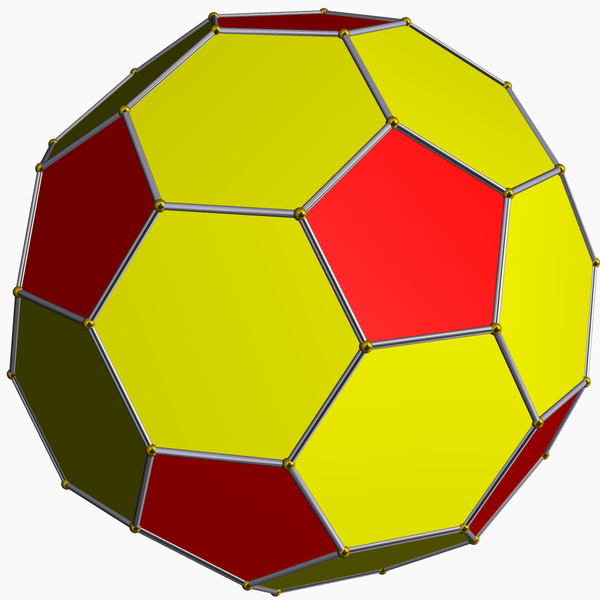Friday, October 26, 2012
Friday, October 19, 2012
Videos (2010) to help you with Needlepoint Tessellations
Click here (and scroll down below old newsletters)
Friday, October 12, 2012
Quality Teach Speech Presentations (E.C. - Berry)
- Use Microsoft PowerPoint (save as 97-2003) or Google slides., or Prezi.com.
- Content should reflect YOUR understanding. Do not copy and paste from the Internet (this is plagiarizing).
- Keep the design very basic and simple. It shall not distract.
- Pick an easy to read font face.
- Consistently use the same font face and sizes on all slides.
- Keywords only. No sentences!
- Use images to reinforce or complement your message, not to decorate.
- Use images to visualize and explain. Talk about your pictures. Gesture.
- Cite all images below the actual image, whether from Microsoft clip art or a website.
- No animations or useless graphics. (School computers are slow.)
- Have a title slide, table of contents slide, organized content slides, and a source slide.
- Practice! Be prepared!
- Know your slides inside out.
- Never read your slides; talk freely.
- Know how to pronounce all words. Dictionary.com will pronounce most words for you.
- Speak with confidence – loud and clear.
- Don’t speak too fast. You are not giving your speech for yourself. You are giving your speech to teach OTHERS what you learned.
- Maintain eye contact with the audience.
- Bibliography (source slide) should include at least three sources. One must be a book.
- Relax! You made an INTERESTING presentations. We will enjoy it and learn from it! :)
- Presentation should be 4-6 minutes long.
- When you're sure you're done, e-mail it to TAG5Berry@gmail.com. The subject should be your first and last name with your topic name. Only use this address for PowerPoints or class projects. Communication should be through the other e-mail address.
Reflections, Translations, Rotations... Know the difference
Use the menu at the upper right on this website to practice and understand the difference.
http://www.misterteacher.com/translation.html
http://www.misterteacher.com/translation.html
Tessellations and Polyhedra
http://illuminations.nctm.org/ActivityDetail.aspx?ID=202
http://www.shodor.org/interactivate/activities/Tessellate/
http://gwydir.demon.co.uk/jo/tess/tess.htm
http://gwydir.demon.co.uk/jo/tess/tri.htm
Now, what happens if you "force" shapes to tessellate by joining your gaps? Look at these hexagons and pentagons:
http://www.shodor.org/interactivate/activities/Tessellate/
http://gwydir.demon.co.uk/jo/tess/tess.htm
http://gwydir.demon.co.uk/jo/tess/tri.htm
Now, what happens if you "force" shapes to tessellate by joining your gaps? Look at these hexagons and pentagons:
By forcing the shapes to not have gaps, the structure takes on a curved shape, resulting in a truncated icosahedron (a.k.a. soccer ball).
This website, named for Archimedes, is fantastic for acquainting yourself with polyhedra. (Notice "poly"? Think word study.)
Thursday, October 11, 2012
Wednesday, October 3, 2012
Design a Mousetrap Car - Extra Credit in Science
Sample Instructions: http://www.instructables.com/id/Mousetrap-Car-for-less-than-5/#step1
Sample Instructions II: http://www.pbs.org/saf/1208/teaching/teach.pdf
Sample Instructional Video: http://www.youtube.com/watch?v=Sq--xk8Yk8g
Feel free to use materials found in your home.
Newton Car - Extra Credit in Science
Directions: http://er.jsc.nasa.gov/SEH/Newton_Car.pdf (Feel free to use your own dimensions/ materials from your home.)
Monday, October 1, 2012
Subscribe to:
Comments (Atom)




